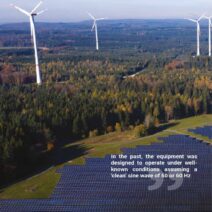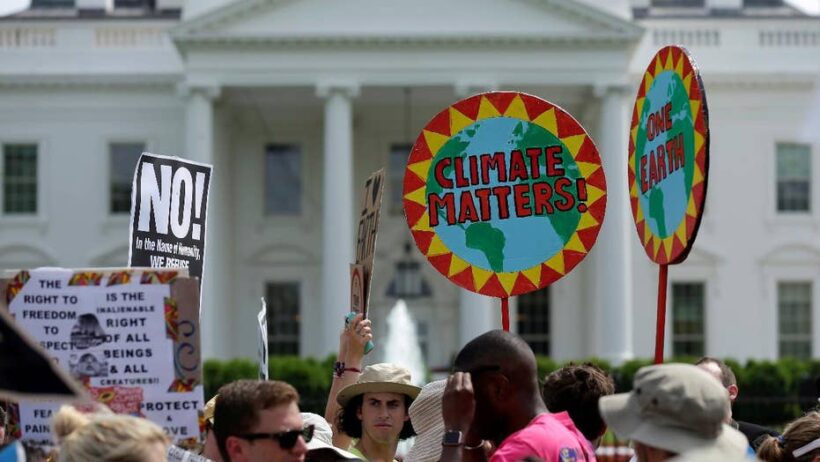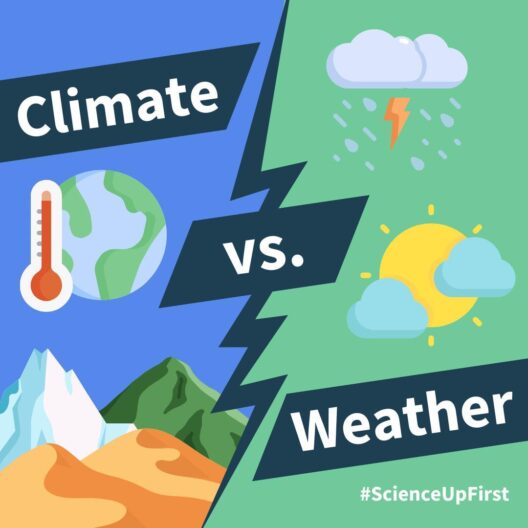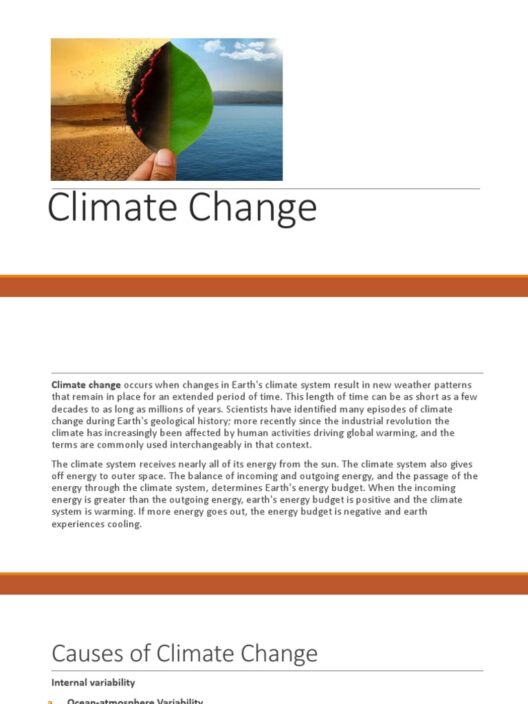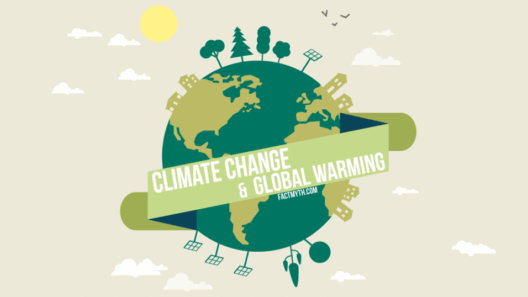In the grand tapestry of climate change, recycling emerges as a glimmering thread, capable of weaving a narrative of hope and resilience. This palatable action—often overlooked in its simplicity—holds profound implications for combating global warming. Each recyclable item represents a potential victory against the relentless advance of climate change, much like little soldiers in a vast ecological battlefield. Recycling is not merely a ritual, but rather a cornerstone in the edifice of environmental stewardship, contributing significantly to a cooler planet.
In today’s fast-paced world, it is easy to dismiss recycling as an insignificant or even archaic practice. However, its prospective impact on greenhouse gas emissions remains monumental. To grasp this influence, consider the lifecycle of materials. When items are recycled, they undergo a transformative journey, akin to a caterpillar morphing into a butterfly, shedding its old form to emerge renewed. This metamorphosis not only conserves resources but also reduces the energy expenditure associated with manufacturing new products. Less energy consumed translates into fewer fossil fuels burned, thus inhibiting the release of carbon dioxide—one of the primary culprits of global warming.
The rippling effects of recycling extend far beyond individual actions. Communities that adopt stringent recycling practices often see a notable reduction in landfill waste, contributing to the alleviation of methane emissions. Methane, a greenhouse gas with a warming potential twenty-five times greater than carbon dioxide over a century, is largely generated from decomposing organic matter in landfills. By diverting waste from these sites and channeling it into recycling streams, society crafts a resilient buffer against the atmospheric encroachment of this potent gas. Therefore, every bottle sorted and every newspaper tidied up echoes as a defiant shout against climate degradation.
To embark on this recycling odyssey, awareness and education are paramount. Many individuals remain unaware of the vast array of materials that can be recycled. Beyond the ubiquitous plastic and paper, metals, glass, and even electronic waste await their turn for rejuvenation. For instance, aluminum cans can be recycled indefinitely, demanding only a fraction of the energy to create new cans from raw materials. This is akin to discovering an endless fountain of youth for these materials, preserving both their physical form and the earth’s vitality. Moreover, the recycling of plastics, often deemed the villain of our environmental discourse, offers an opportunity for redemption. By participating in specialized recycling programs, consumers aid in mitigating the four to five trillion pieces of plastic debris currently polluting the oceans.
Yet, recycling alone does not form a complete strategy against global warming. It must be complemented with a conscientious approach to waste reduction—much like a well-rounded diet that nurtures the body holistically. Implementing practices such as buying in bulk, utilizing reusable bags, and opting for products with minimal packaging fortifies the recycling initiative, lessening the overall demand for new materials. Each conscientious choice reverberates through the lifecycle of consumption, shaping a more sustainable marketplace.
Incorporating recycling into daily life also requires rethinking convenience. The allure of single-use products is powerful, yet this convenience comes with a hidden ecological cost—a cost that perpetuates the cycle of waste and environmental degradation. By choosing reusable items, whether it be stainless steel straws or cloth napkins, everyday consumers can become active participants in the reawakening of our environment. This shift embodies a more virtuous and responsible consumerism, urging us to embrace a circular economy where materials are continuously reused and repurposed.
Furthermore, community initiatives serve as fertile grounds for enhancing recycling efforts. Local workshops centered on recycling education can empower residents, arming them with the knowledge needed to navigate the intricacies of recyclable materials and reducing contamination in recycling streams. Neighborhood exchanges and upcycling projects foster a culture of creativity and collaboration. By joining forces, communities can amplify individual actions and cultivate an environment of collective responsibility.
While individual actions lay the foundation, systemic change is imperative for achieving climate literacy and engaging wider audiences in recycling practices. Advocacy for robust legislative measures that support recycling infrastructure is crucial. This includes increased funding for recycling facilities, incentives for businesses to adopt sustainable materials, and comprehensive public education campaigns that resonate with diverse demographics. In a world where connectivity matters, leveraging technology to disseminate information can engage and mobilize citizens towards eco-conscious behaviors.
As one contemplates the trajectory of climate change, it becomes evident that recycling is not merely a choice; it is a necessity, a lifeline suspended above an abyss of environmental turmoil. It carves pathways for action and engenders behaviors that collectively forge a greener future. While the task may appear daunting, the simple act of recycling can culminate in profound shifts, much like droplets of water carving canyons through stone. Each conscientious decision, each act of devotion to our planet, ignites the flame of change, illuminating the narrative of resilience and hope.
The call to action is unequivocal. Recycle for a cooler planet is not just a slogan; it is a way of life, a paradigm shift that beckons every individual to engage in the fight against global warming. It’s about transforming daily habits into powerful tools for sustainability. Thus, let us rise together, embracing the art of recycling, and sculpting a world where future generations can thrive in the cool embrace of a rejuvenated planet.


